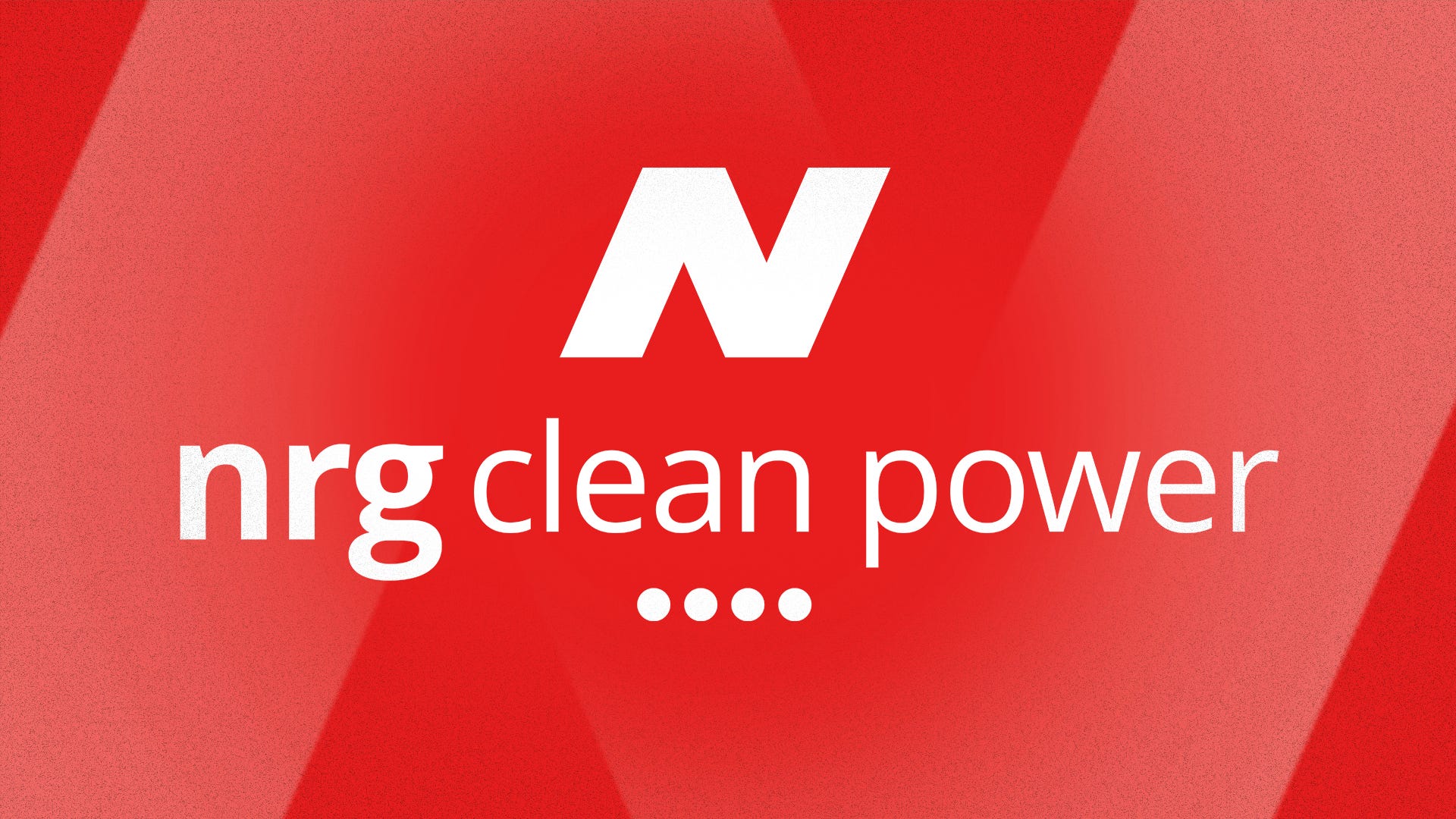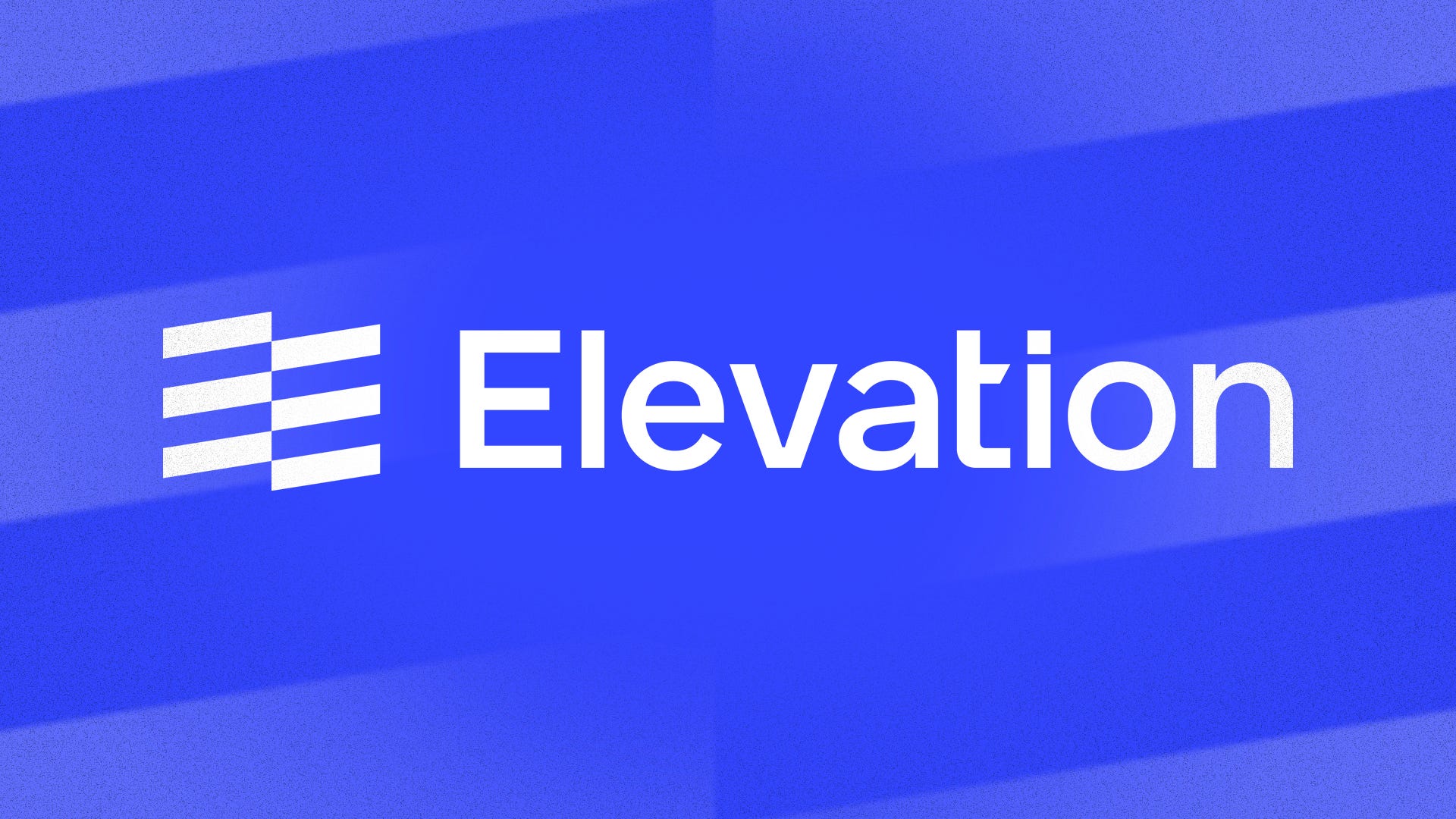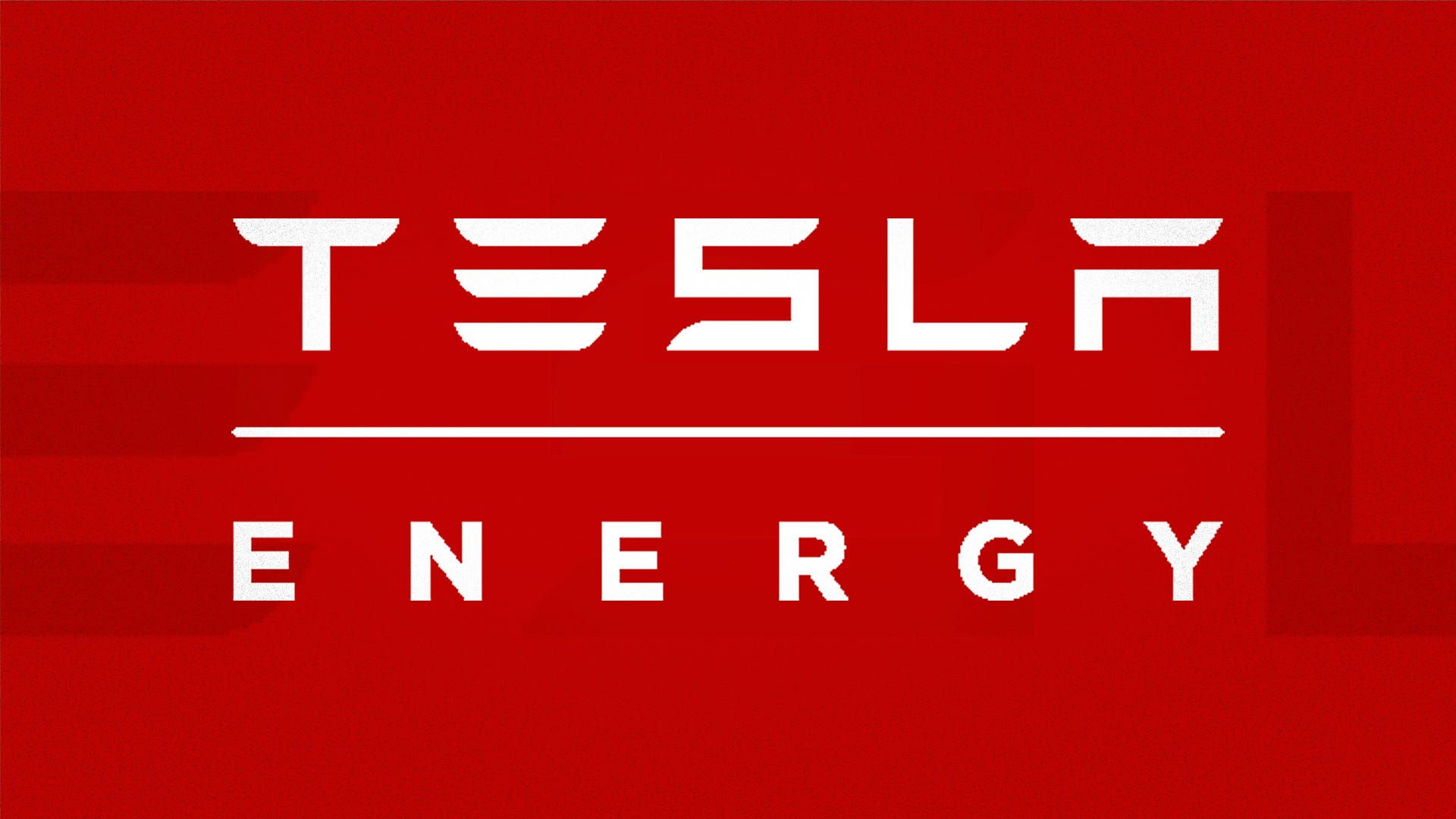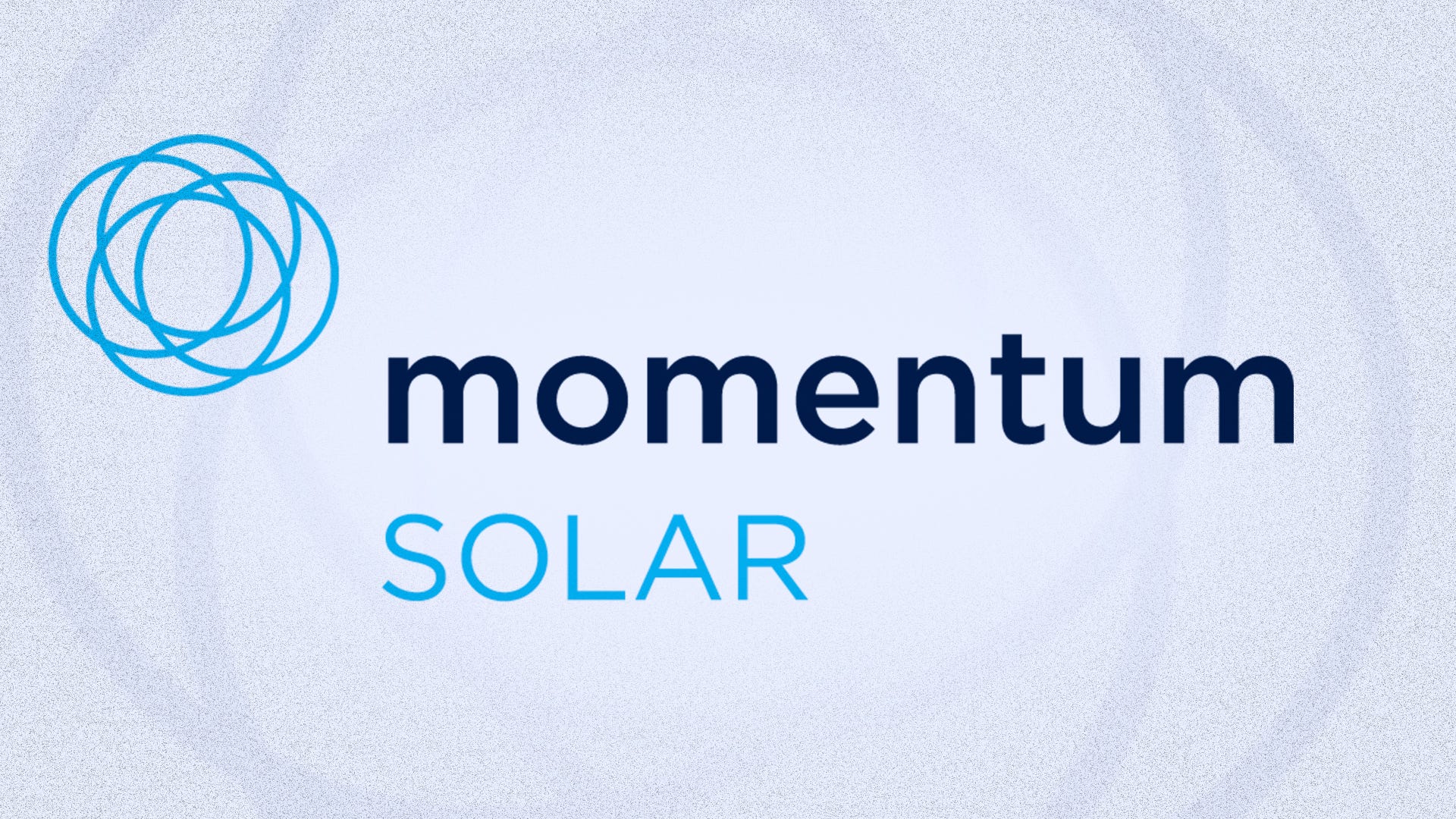San Francisco residents face some of the highest electricity bills in the US — in fact, energy costs for San Franciscans were 105.3% higher than the national average in August 2024, according to the US Bureau of Labor Statistics. To tamp down some of these rising costs, it’s worth considering if going solar is the right choice for you.
All homeowners in the US have access to certain incentives at the federal level that make installing solar panels more appealing — the federal tax credit included in the Inflation Reduction Act is a beefy rebate that can save you 30% on solar panel installation, once tax season rolls around.
There’s a wealth of local incentives that are meant to help San Franciscans switch to clean energy, too. One of the most impactful incentives for homeowners and renters alike is the Solar on Multifamily Affordable Housing program, funding solar installation for affordable apartments.
Taking advantage of any of these incentives requires installation of a residential solar panel system. Here’s a look at the best solar panel installers in San Francisco.
Best national solar panel companies in San Francisco
Palmetto Solar
Best overall
Solar panels are typically low maintenance equipment, but they’re also unfamiliar. If you want to reap the benefits of solar but will have a bit more peace of mind if someone else is making sure it’s working, Palmetto might be a good fit for you. Just remember to add the cost of Palmetto’s monitoring service in to your payback period calculations.

NRG Clean Power
Best in California and Texas
NRG Clean Power brings one of the solar industry’s most confident approaches to its work, offering a price match and 40-year warranty. NRG Clean Power is a solid bet as long as you live in Texas and California. NRG Clean Power does not offer leases or power purchase agreements, but it does provide solar panel cleaning and roofing services as well as a reliable equipment menu.

Elevation
Whole home approach
Elevation’s focus on your home’s energy efficiency isn’t the norm in the industry. If you’re planning on addressing energy efficiency first, working with Elevation allows you to keep the whole process with one company. Elevation’s solar equipment comes from well-established and well-regarded companies. Elevation’s warranties on workmanship and weatherization could be a bit longer.

Freedom Forever
Best for cash customers
Include Freedom Forever in your search if you want the backing of a national company that installs a wide variety of the most popular solar equipment available. Freedom Forever also extends a couple of products that take some of the pain and risk out of going solar, like a production guarantee and an escrow option with cash purchases. Online reviews say customer satisfaction has been low of late, though the company says that’s changing.

Tesla Solar
Most affordable
Tesla’s solar branch seems to be the least loved of Elon Musk’s ventures. Even Tesla’s Solar Roof seems to get more love.
If price is the thing you won’t budge on, consider Tesla. By all accounts, Tesla installs quality panels and makes the closest thing there is to a household name in solar storage: the Powerwall.
Where you might miss out is customer service. Discussion online seems to suggest Tesla’s service is a bit of a gamble.

Momentum Solar
All in-house installers
Momentum installs in 11 states without using subcontractors. While using in-house installers doesn’t guarantee a better experience, it does suggest you’re likely to get a more uniform experience from Momentum. The fact that Momentum backs its installations with a 25-year workmanship warranty hints at a strong belief in its crews’ ability. If Momentum is part of your search, consider the warranties against leaks that other companies offer. Momentum’s is five years, which isn’t the best.
Local solar panel installers in San Francisco
All Bay Solar offers solar installation, energy storage and roofing in the San Francisco Bay Area and surrounding communities. The company says it’s fully certified and licensed, including NABCEP Certified.
Founded in 2011, SolarUnion offers a 25-year comprehensive performance warranty. This means it guarantees a 92% power output after 25 years. It’ll also repair underperforming systems at no cost to the customer and also has a 25-year roof integrity warranty.
How to determine which solar company in San Francisco is best for me
According to the Solar Energy Industries Association (SEIA), you can find 1,120 solar installation companies in California. Because the state is one of the largest solar markets in the country, you’ll want to spend time exploring your different options.
Important factors to mull over include a solar company’s full suite of services, customer reviews and ratings, the length and scope of service warranties, and cost of maintenance for solar panels. Some installers will cover the cost of maintenance; make sure to ask about this during your consultations.
Cost of solar panels in San Francisco
The cost of your solar panel system can vary and depends on the size of the system, where you live, installation materials, tax incentives and rebates, the type and condition of your roof and what financing method you’ve decided on.
In the state of California, expect to pay somewhere between $10,000-$20,000 for a residential solar panel system. If you want to be completely self-sufficient, you’ll need to factor in the cost of a solar battery, which can generally run the bill up anywhere between an additional $12,000-$22,000.
Here’s a look at data for the average cost of a typical solar panel system in California, according to FindEnergy.com.
Average cost of solar panels in San Francisco
undefined
| Typical system size (kW) | Price per watt | Total installed cost | Cost after 30% federal tax credit | |
|---|---|---|---|---|
| California | 5 | $3.47 | $17,350 | $12,145 |
| National average | 8.6 | $3.67 | $31,558 | $22,091 |
The map below displays the average total cash price, cost per watt and system size for solar panel systems in every state that FindEnergy.com provides that data for. These prices do not factor in tax credits or local incentives. States that FindEnergy.com doesn’t have data for are grayed out on the map.
San Francisco solar panel incentives and rebates
Certain federal incentives are available for anyone in the country making the switch to clean energy. These are meant to make solar panel system installation easier for homeowners. One particularly appealing incentive was introduced within the Inflation Reduction Act; it’s a major tax credit that retroactively covers 30% of the cost of any clean energy additions to your home.
The flat 30% return on the solar panel system cost helps shorten the solar payback period, and can help you earn savings quicker. “In California, the payback periods are going to be 10, 11 or 12 years on average,” said Dave Rosenfeld, the executive director at Solar Rights Alliance, a San Diego-based renewable energy advocacy group.
San Francisco has a number of local programs and incentives that can also make it easy and affordable to make the switch to clean energy, too.
Homeowners who live in eligible communities may be able to apply to the Disadvantaged Communities – Single-Family Solar Homes program. Disadvantaged households that receive utility services from Pacific Gas & Electric are able to receive financial support in order to switch to clean energy through this program. Residents enrolled in DAC-SASH could save up to $3 per watt — which comes out to around 75% of their energy bill. Eligible households include those enrolled in the California Alternate Rates for Energy Program — a full list of income thresholds can be found here.
Specifically in San Francisco, the Solar on Multifamily Affordable Housing program provides incentives for low-income residents to switch to solar energy. The SOMAH program provides benefits to eligible homeowners and tenants alike, where homeowners can receive solar installation at a reduced rate and tenants pay reduced energy bills.
There are also incentives that ensure that solar energy remains a viable form of electricity generation for your household year-round.
The Self-Generation Incentive Program provides rebates to commercial and rooftop solar owners who have installed energy storage systems. Solar batteries already help solar panel system owners become more self-sufficient and rely less on the grid — though the downside is that they’re sometimes prohibitively expensive. Residents enrolled in this program could see a rebate of $200 per kilowatt-hour of their storage system. Eligibility criteria vary for residential and non-residential customers and customers at different income levels. You can check if you’re eligible for the program here.
If you don’t have a battery, however, the local net metering incentive helps homeowners whose solar panel systems produce excess energy in areas with varying seasonal sunlight. When your solar panel system produces an excess of energy in high energy production months, it’ll be distributed back out to the grid — and you’ll earn valuable credits that can be used to pull electricity from the grid during low production months.
All of these incentives will help eligible individuals shorten their solar payback period, making the switch to clean energy much easier for San Franciscans.
San Francisco solar incentives
The cost of solar panels in the state of California as a whole has dropped dramatically in recent years. Tax incentives, rebates, and other programs can help you save even more. Here’s what’s available for San Francisco residents:
San Francisco solar incentives
undefined
| Program | Description |
|---|---|
| Disadvantaged Communities – Single-Family Solar Homes | Homeowners who are Pacific Gas & Electric customers and live in eligible disadvantaged communities can receive financial support to go solar. |
| Federal tax credit | Homeowners who install solar panel systems are eligible for a 30% tax rebate on the cost of their installation. This tax credit will rollover if it isn’t all used in the first year post-installation. |
| Net metering programs | California has net metering programs, where consumers can sell excess generated energy back to the grid. This credits their accounts for months where the rooftop solar panels won’t generate as much energy. After a recent change in the policy, known as NEM 3.0, homeowners will sell energy at a much lower rate than they could previously. |
| Self-Generation Incentive Program | SGIP offers rebates to homeowners and businesses that have energy storage systems, such as solar batteries. |
| Solar on Multifamily Affordable Housing | Low-income residents in San Francisco may qualify for the SOMAH Program, which offers financial incentives for going solar. Tenants can slash costs on electricity bills, and homeowners can install solar at a reduced rate. |
Installation factors to keep in mind
Before you contact a solar installer, come ready to the consultation with a list of factors that could potentially impact your solar panel installation. These include:
Roof angle and condition: Before installing a rooftop solar system on your home, you need to know if your household is able to support a solar system to meet your needs. Your roof needs to be in good condition to support solar panels. If it’s not in adequate condition, switching to solar becomes far more costly — because you’re going to need to fix up the roof first. Not every roof is built equally, either. Make sure the angle of your roof will receive enough sunlight to warrant a solar panel system installation.
Tree coverage and other shade: Roof angle and pitch aren’t the only barriers between your solar panels and proper sunlight. Make sure that no trees around your house will come between the rooftop solar system and the sun. Any objects that might cast shade on your roof could limit some of your solar panel system’s energy generation.
Seasonal sunlight: Seasons with less sunlight are going to lead your solar panels to generate less energy. This is less of a problem in California, due to the state net metering policies. The excess energy you generate in months with good sunlight will be credited to you in seasons with poor sunlight, when you can’t generate as much electricity for your home.
Energy requirements of your home: Different households consume different amounts of energy depending on their appliance usage. Make sure that the solar system your roof can support will be able to satisfy the energy requirements of your home.
HOA Regulations: The state of California has legislation preventing homeowners associations (HOAs) from prohibiting installation of solar panel systems on your household. HOA rulings can still cost you up to $1,000 more on your installation, though, or limit your planned system by up to 10%, so make sure to keep your local regulations in mind.
Cost and time: Solar panel systems are costly to install, and you won’t see the full benefits until the end of the solar payback period. Solar panels are a commitment, and if you’re planning on moving, solar panel installation might not be for you.
When reaching out to solar companies, Rosenfeld recommended getting at least three bids. He also suggests you look for reviews on trusted customer review sites and ask your neighbors who have had solar panel systems installed for recommendations.
Once you’ve made a list of installers you want to contact, Rosenfeld suggested checking whether they’re a member of the California Solar and Storage Association and the CA Solar & Storage Association, and if they’re part of the NABCEP (North American Board of Certified Energy Professionals). This can indicate that the company adheres to industry standards.
How to pay for solar panels in San Francisco
Federal tax incentives, net metering programs and other programs might make it easier to switch to clean energy in San Francisco. Even with all of these incentives, though, solar installation is an expensive endeavor. Your system will still likely cost thousands of dollars. Here are the financing options you have to choose from:
Cash: If you can swing it, paying for a solar system with cash means steering clear from ongoing loan payments. Plus, you’ll reap the full financial benefits of going solar after a much shorter solar payback period.
Solar loan: Solar installation companies frequently partner with financial institutions such as banks and credit unions to offer solar loans. If you don’t have the funds sitting in a bank account to put toward a solar system, this might be a good option for you. Be sure to look closely at interest rates and terms and shop around before locking in a loan.
Home equity loan or a HELOC: Home equity loans and home equity lines of credit (HELOC) tap into your home’s equity to fund home improvement projects or other big expenses. Whereas home equity loans are installment loans where you receive a lump sum upfront, HELOCs are a revolving line of credit. Your home equity backs up both home equity loans and HELOCs. So, if you can’t keep up with payments, you risk losing your home.
Personal loan: Many online lenders and financial institutions offer personal loans. While largely unsecured, they often have higher interest rates and shorter terms. Shop around and get multiple quotes before making a decision.
Solar lease or power purchase agreement: Both solar lease and power purchase agreement (PPA) are options where you won’t have to foot the bill for buying a solar panel system. However, when you lease panels, you need to continually pay down the bill that comes with renting the panels. If you lock in a PPA, a solar company installs the panels on your home free of charge. When you contract a solar installer for a power purchase agreement, you still need to pay for the power that’s being generated.
Property Assessed Clean Energy (PACE) programs: California is one of three states to offer residential PACE programs, letting homeowners pay back solar panel system installations with property taxes. PACE loans require no down payment and no monthly payments, but a lien is placed on your house — this can make selling your home more complicated, as many financial institutions may be hesitant to finance a mortgage for a home with a PACE loan attached.
How we found the best solar power companies
The companies we listed above as “the best” are curated from CNET’s best solar companies list. Companies making the best list are scored on the equipment, warranties and customer service they offer. Then, we make sure these recommendations are available in your state. You can read a full breakdown of how we review solar companies here.
Companies listed under the local installers were chosen in a less rigorous way. We chose them because they offered something unique or notable to customers in the state, they seemed well-regarded by internet reviewers or because they were one of the few installers we could find information on in the state.
Whether we’ve completed a full review on a company or not, it’s always a good idea to get multiple quotes from different installers before choosing a company.
San Francisco solar power FAQs
What are the advantages of solar panels?
Installing solar panels in your home can reduce energy bill costs and carbon footprint. Should the power grid go down, your lights will stay on. Solar panels can also boost the value of your home.
How long does it take to pay off solar panels?
It depends on the cost of the solar panel system, how much you put down, and the interest rate and terms of the loan. Usually, it can take anywhere from six to 12 years to pay off solar panels.
Are solar panels worth it in San Francisco?
Solar panels might be worth it in San Francisco due to the high electricity costs. Plus, federal and state incentives and California’s net metering program can help you bump down the costs.
Does San Francisco offer a solar tax credit?
San Francisco doesn’t offer a solar tax credit. However, those living in the city are eligible for the federal residential clean energy credit, a 30% tax credit on installing solar panels.





